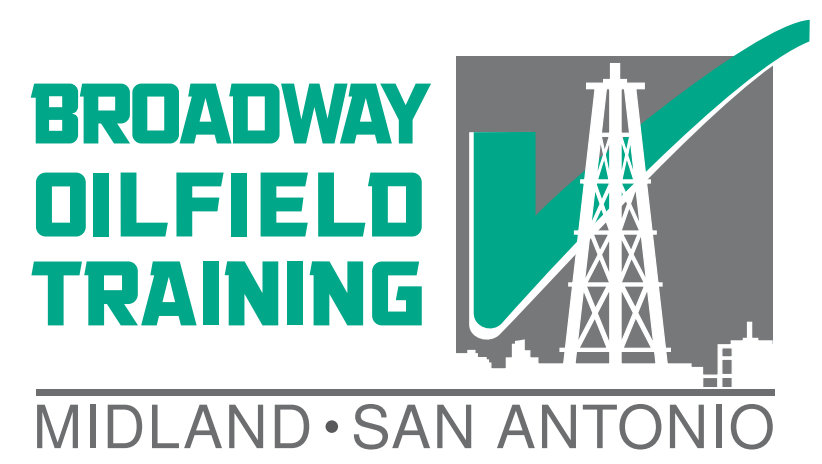For respiratory health risks, such as from coronavirus, there is a need for respirator fit testing to be performed safely. During the test process, controls must be put in place to prevent the infectious disease from user to user. Manufacturers of fit testing equipment have put together guidelines for disinfecting their gear to satisfy this requirement. We are also concerned, however, about the risk of disease transfer from the fit test user to the employee giving the test.
We have, as of yet, no confirmed reports of fit testing personnel becoming infected due to getting a fit test. This does not mean that it has not occurred, merely that a public occurrence is not yet known to us at the time of writing. This is described as a new virus and much of the state of knowledge continues to evolve. What we can do, however, is perform a job safety analysis with an emphasis on the potential for the fit tester contracting coronavirus. In this case we would use the precautionary principle to try to identify any risks and possible mitigation.
During fit testing, the test administrator comes closer than 6 feet of the test user to perform the test. This seems to make social distancing a challenge for fit testing. One method that may be considered includes elimination, such as delaying fit testing until COVID is no longer around. When this is not practical, such as for healthcare workers in areas that are experiencing a coronavirus outbreak, more protective measures may be considered.
One control that may be helpful to consider includes engineering controls. With engineering controls, we seek to redesign the workplace so that risks are mitigated. Ventilation is an engineering control to consider. Ventilation uses moving air to push the airborne hazard away from the worker. We may also consider the use of barriers such as the clear plastic being widely employed. A barrier, however, must allow the tester to reach around to administer the fit test to the user.
Administrative controls, such as signs and screening, can also be employed to help protect the fit test administrator. One screening, remote temperature checks, has been widely utilized by companies to help screen out employees that may have an active infection. For further screening the user may be asked about any contact with suspected contagious persons and prohibiting them from taking the fit test at that time. We may also place signs to inform the employees about the symptoms of coronavirus and also prohibiting those who have been experiencing symptoms.
Finally, PPE may also be considered as a last resort measure to reduce exposure to hazards. Much has been made of masks and N95 respirators. The surgical facemask helps prevent exposure by preventing large droplets from being directly inhaled. The N95 can provide some filtration when fit tested. Remember that all PPE has limitations. In this case, an N95 respirator is only rated to filter around 95 percent of particles nor can it protect the eyes.
Have your heard of any published cases where giving a fit test gave a worker COVID? Comment below.
Recommended Training: Fit Test Train the Trainer
Notice: Article is provided as is and for informational use only. Eagle Ford Training San Antonio, its owners, instructors, and affiliates hereto referred as the company shall have no liability for and you shall defend, indemnify and hold harmless from and against any claim loss demand, liability, obligation, and expense based upon any injury or damage, spill or pollution, product liability, or any other loss that may occur. The liability for the use of information is solely yours notwithstanding any act of error or omission by the company.
